Stories from the chia farmers:
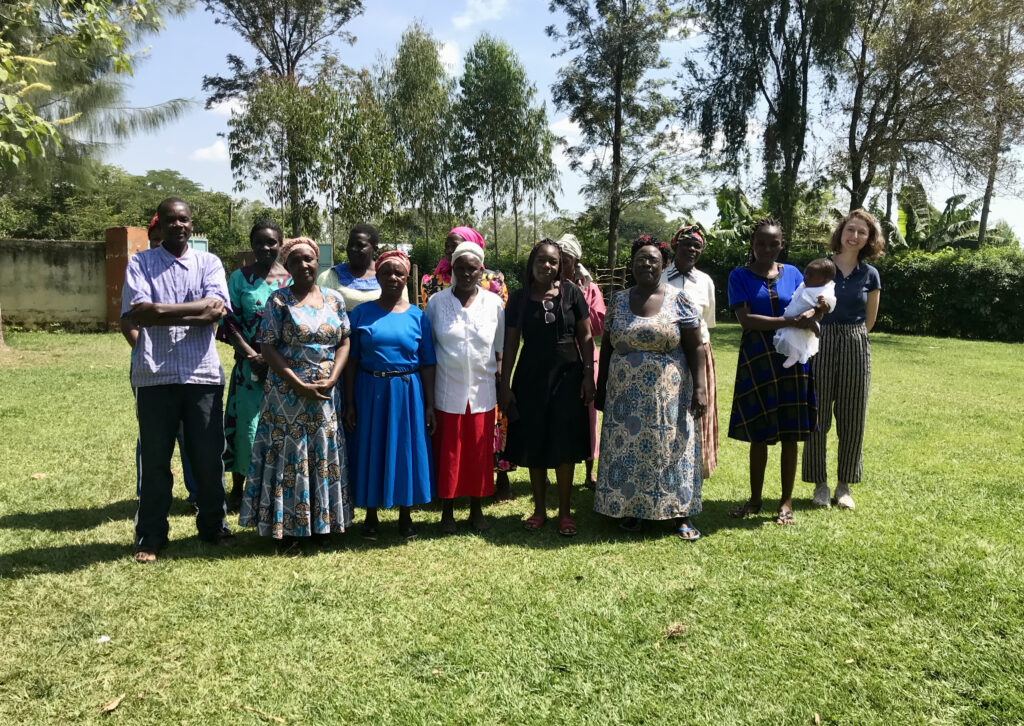
Martin (farmer) explains:
“I enjoy being a farmer in an organization like Momentum Trust. When they first came, I promised that as time goes, we shall be working together – growing together. It changed my life.
I grow chia seeds. I just planted it this season for the first time, one week ago, so I have not tasted it yet. But I will eat it, when it is ready to be harvested. Madam (field worker) told us about it – it has its advantages: You become more energetic. So, when I learned about it, I became so happy. That’s why I wanted to plant it. I’m planting it to give to my children.”
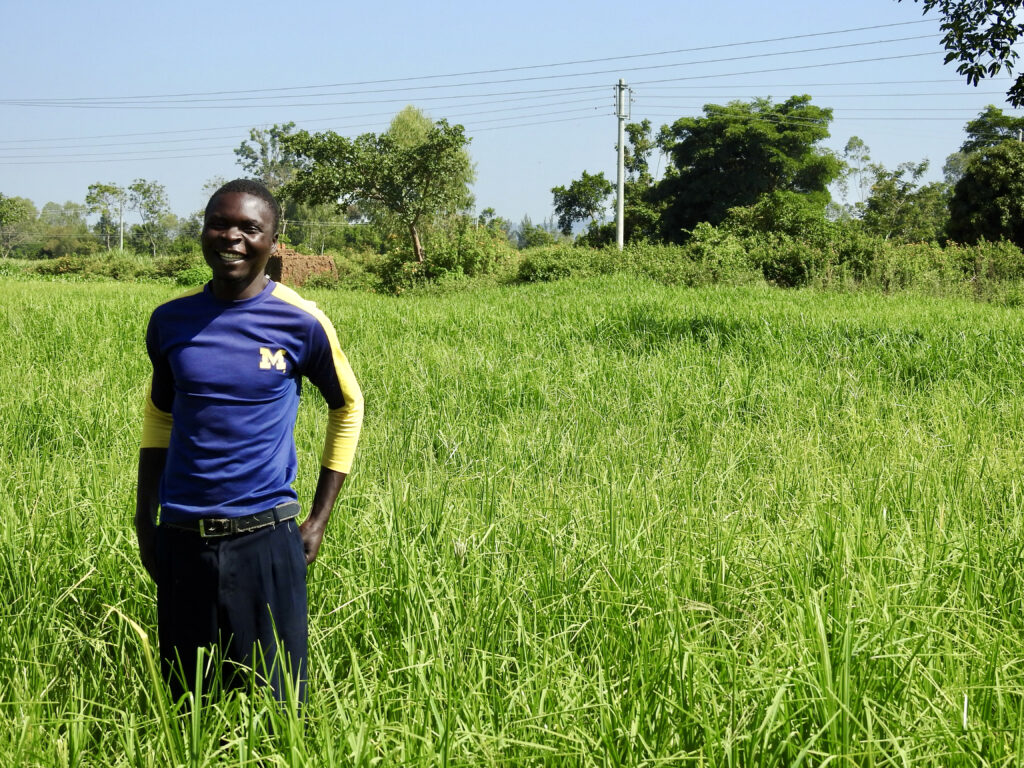
Martin continues:
“We usually take black tea in the morning with sweet potatoes – the white flesh. The white sweet potato is the one you can find easily, and it’s the variety that many people are used to planting, more than the orange one.
At the lunch time we eat white ugali with green vegetables.
For supper time we take white ugali with green vegetables, again.
I eat the white ugali and not the brown ugali, because it’s the one that is easy to get. Some farmers in this area plant cassava and millet (to make brown ugali), but majority plant only maize and sugar cane. I never take brown ugali, because it’s hard to get. I grow millet myself but for the purpose of income. I would like to eat it if I can get it.
But I think this whole new way of farming (that Momentum is introducing) is going to at least change our system so that we practice a variety of plants.
In a week I take eggs / meat / fish around once per week. If I eat one of these proteins in one week, I don’t take it the next week in order to change my diet. But at least in a week, I take either meat or an egg, but I mostly take the green vegetables. I eat everything, but when it comes to a balanced diet, I select either meat or egg, because they are both proteins.
We eat these foods that we can plant, because they are accessible.”
Martin’s brother explains how he deals with sickness:
“I used to have a problem, arthritis, so my bones and joints used to hurt. It was like the bones were crashing against each other. I took it so easily – maybe I’m just tired and sore or the bones are stretching; I took it so simple. So, there are challenges here and there, but just because we tend to be ignorant, there is no way that we can deal with them. But there are challenges. So, it’s not that we don’t get sick, but after getting sick, we don’t realize that we are sick. Because we do not go for regular, medical check-ups, as we are just thinking that we are healthy.”
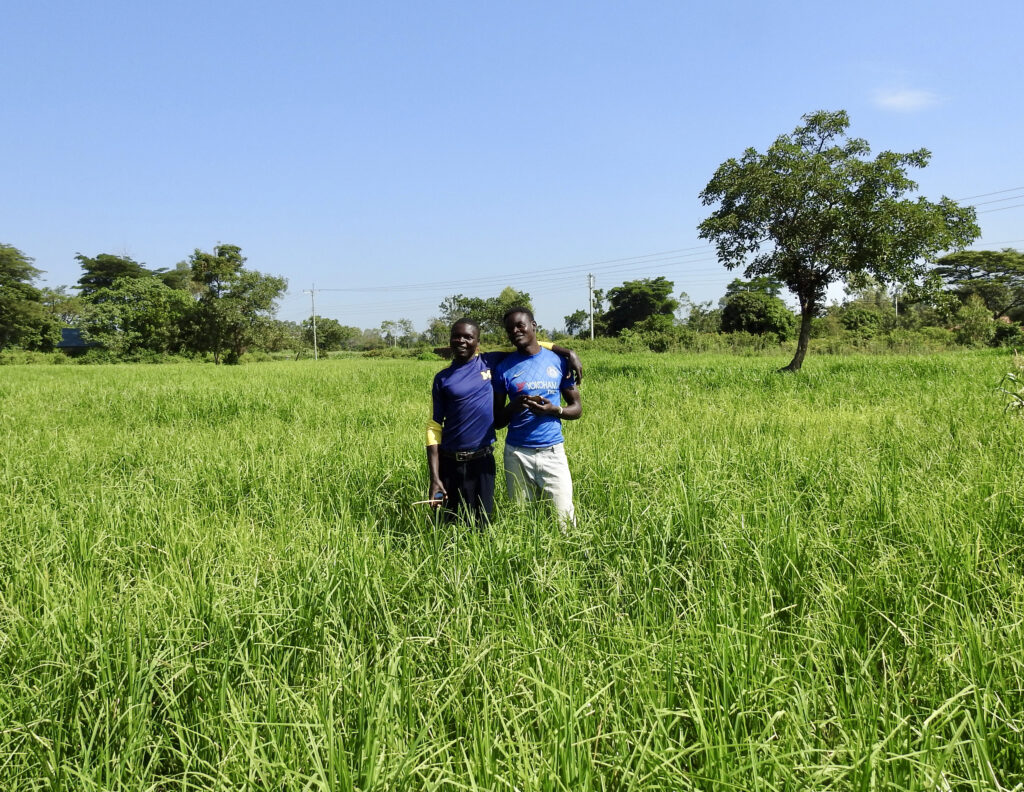
Richard (farmer) explains:
“For breakfast we take tea, and normally we take it with boiled cassava.
For lunch we take ugali from millet and local vegetables, like cow peas and sukuma (fried greens with onion). When things are good, we can even afford to do fish or meat. Sometimes it’s one time per week, and when things are good, then twice.
Supper is the same: Ugali with vegetables.
Sweet potatoes are also a part of our diet, but when sweet potatoes are not there, we have to take cassava instead, since cassava is a continuous crop, that you normally find easily. So, sweet potatoes can only be taken occasionally. We are growing all types here – the white and the orange one. We eat the yellow one the most, because we like it and it contains a lot of good nutrients for our body.
It is my first time and first season to grow chia, so the moment I received the teaching and the importance of chia, I was pleased to take that action of growing it. I and my children will eat it the way we were taught – I can mix with either millet or maize to make porridge. It will be good for us to consume it for our health.”
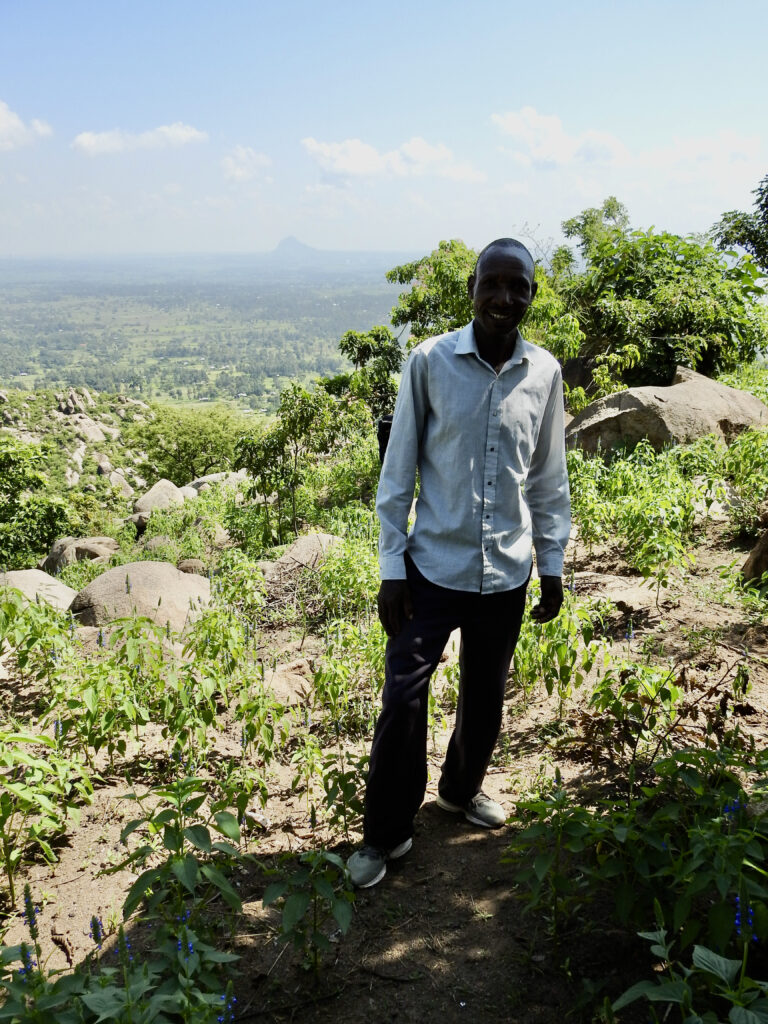
Ursula (farmer and business woman) explains:
“We grow and eat chia. We eat it once a week by putting it in the porridge that I prepare for breakfast. We don’t eat it more than once/week, because chia is still new to us, so we have to get used to it. I want to grow and eat more of it, because we can get good paying fees. I want to eat more of it for energy – I eat it in the tea before going to the farm, so I become more energetic. I also give it to my children. Next season I will try to grow more chia.”
Mary (farmer) explains:
“For breakfast my children and I take sweet potato and cassava, or porridge made from millet. It is always the orange sweet potato we take, since the white one is difficult to find.
For lunch I prepare brown ugali (mixture of cassava, sorghum and millet) and vegetables.
For supper we take ugali, green vegetables (sukuma) and fish.
Because I do not have access to finance that often, I am only able to afford meat once per week.
My children and I eat chia on the porridge every day in order to be healthy and strong – even myself, I am very healthy and very strong! I have felt a difference since eating chia, my body weight has increased to a healthier weight.”
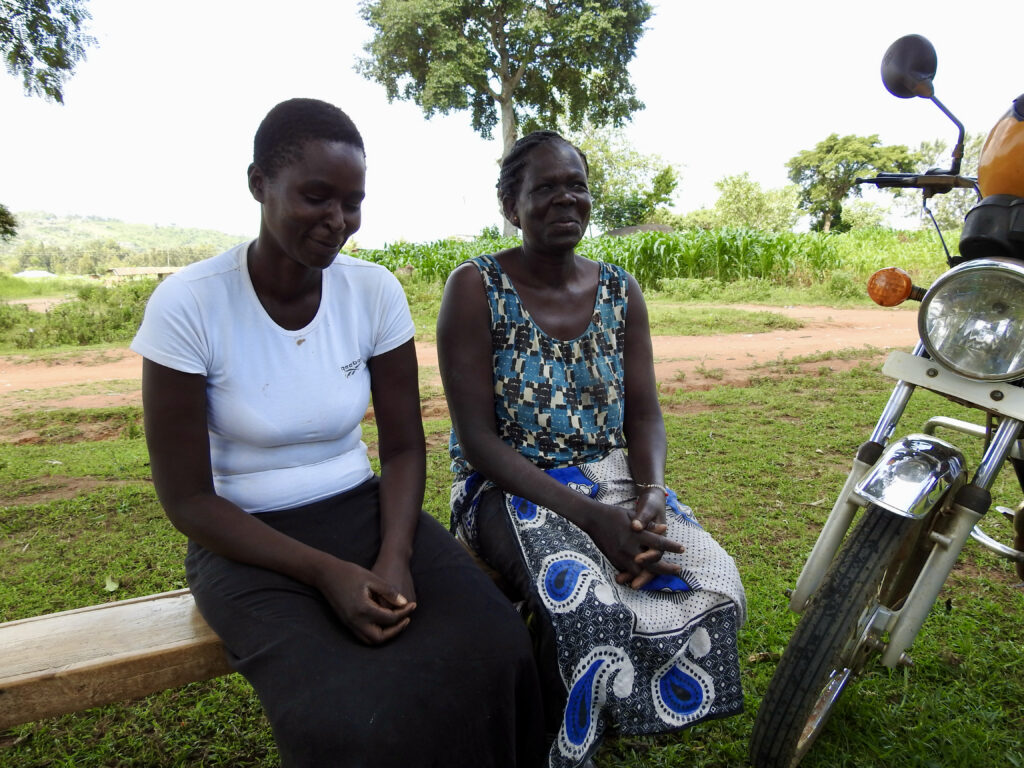
Morukewasu farmers group) sitting at their common residence
Eunice (farmer) explains:
“In the morning we take porridge and tea. For lunch we take ugali – we mix between the white and the brown ugali. For supper we usually have ugali with sukuma.
In a week we eat eggs once per week, fish once per week, and meat once per week. We have it for lunch or supper when it is possible.
We also cook with sweet potato twice per week – both the white and the yellow kind, but mostly the yellow one.
Chia we eat every day in the porridge or on top of fish or meat, for the energy. I have noticed my children have become stronger after starting eating chia – stronger than other children in the same age.
My family and I rarely have any health problems. We mostly deal with malaria or the flu. Then we go to the hospital to get medicine.”
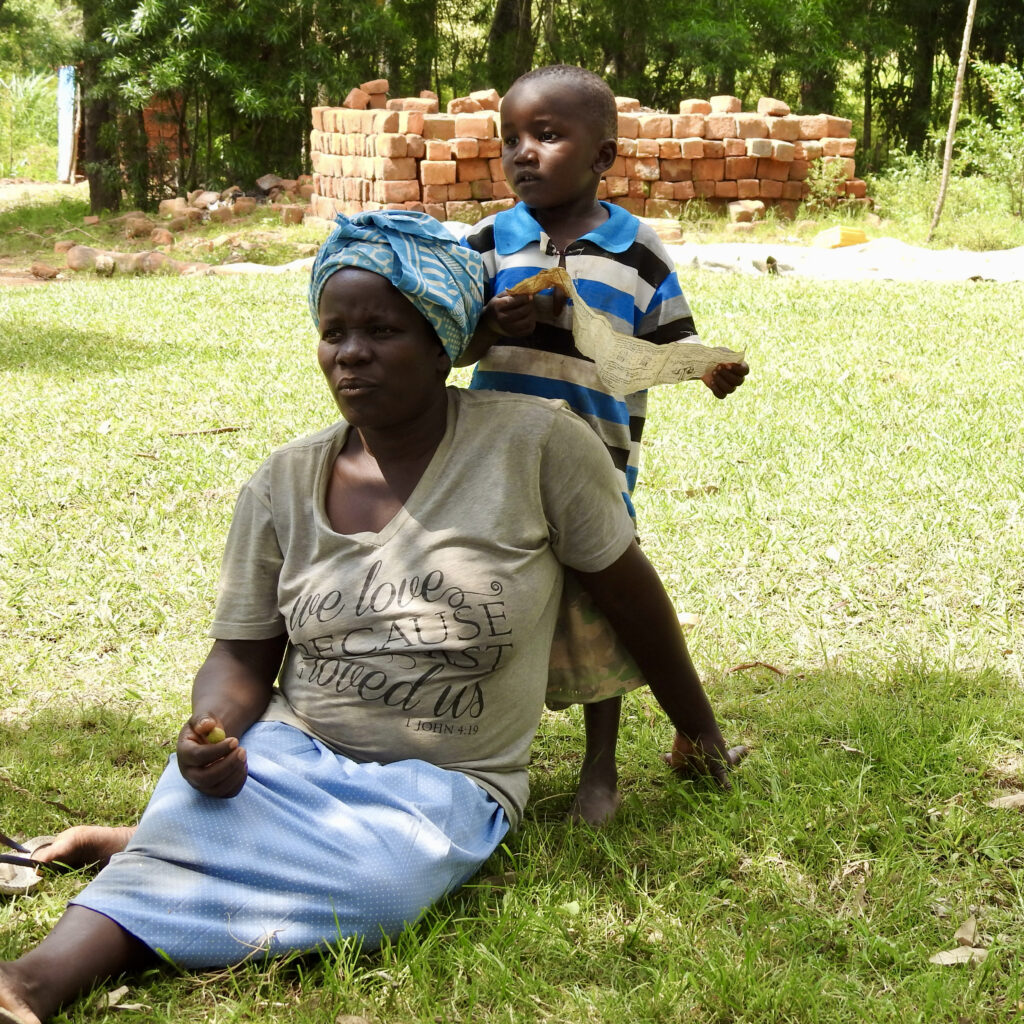
Erinyo (farmer and retired chief) explains:
“Both my children and grandchildren live at my residence – for breakfast we feed them porridge from millet, ground nuts (peanuts) and bread. For lunch we eat ugali, omena (sardines) and sukuma (green vegetables). For supper – it depends on what we can afford – meat and sometimes pork together with greens in order to have a balanced diet. We take meat or fish once or twice per week, we cannot afford it every day. With eggs it’s the same – we take it once in a week.
Sometimes we even add fruit to the meal, if we can afford it: Mango or orange. We eat sweet potato weekly, mostly the white kind, because it’s easier to get, but I got some orange sweet potato recently for planting. The orange kind we take around once per month, it’s rare.
You know, our common food here is ugali, so we mostly eat it every day. We take both the white ugali and the brown ugali. The brown kind we make from millet, cassava and sorghum – this one we eat more frequently than the white kind, because it’s more nutritious. The brown one we will eat at least 3 times per week or more, and the white ugali 2 times per week.
We also eat chia and give it to the children around twice per week, because it is very nutritious. We add the chia to porridge or tea. After I started eating it, I feel so strong. We don’t eat it more frequently because chia is still a new crop to us – I am new to growing it. But I want to grow and eat more of it. Because I’m an old man, I tend to suffer from high blood pressure; but I try to limit my sugar and salt intake.”
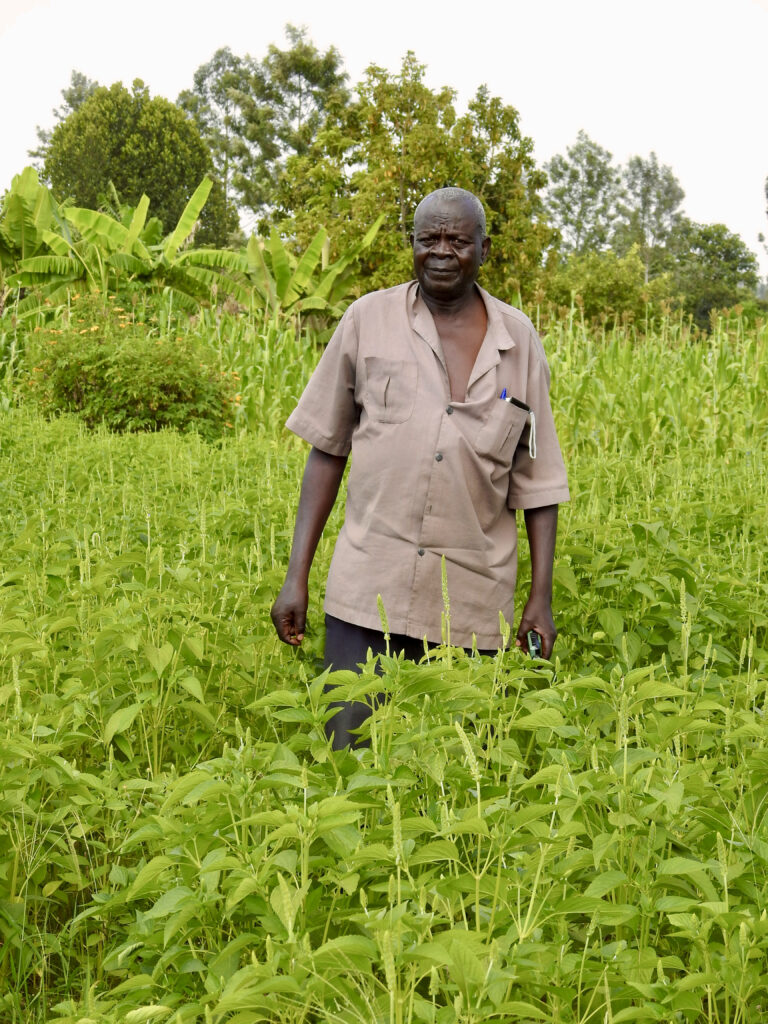
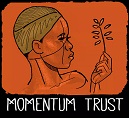
Recent Comments